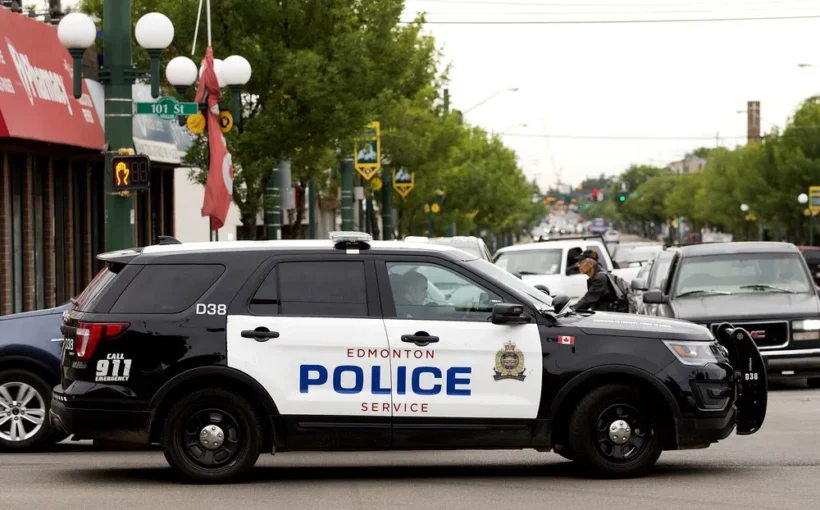The Edmonton Police Service is moving to a 10-squad model to help address workload and burnout issues for its officers.
McIntyre said there was a disparity in workload across the six divisions — Downtown, West, Northwest, Northeast, Southwest, and Southeast — despite having the same resource allocation in each.
“We were seeing longer than acceptable wait times for dispatch,” he said.
Between 2015-2019, the service looked at call volumes and the average dispatch delay. While call volume remained steady over the five years, the dispatch delay was increasing.
“From mid-2017 through 2019 our average dispatch delay (was) getting into an alarming point with a really stark increase that, from a workload perspective, is one of the driving reasons why we had to evaluate the model,” McIntyre said.
McIntyre defined workload as the individual call, the travel time associated with it from the point of dispatch to the point of arrival, and the investigative time it takes in order to complete a call. The analysis found travel time was going up as the city grew, and investigative time also increased due to more complexities.
“The amount of care that our members were taking in relation to social disorder calls that historically used to be very short calls investigatively, they are now taking the time to find different solutions and use other units within the police service to get better outcomes for the people involved in crisis,” said McIntyre.
New patrol branch boundaries
On July 12, the service enacted new patrol branch boundaries and then conducted a three-month review.
“In our first three-month review, we have noticed already an equalization of the number of calls for service have equalized across the six geographies to a point where we’re no longer concerned about the differences between them,” McIntyre said.
Along with the boundary change, the service will be moving to a 10-squad model on Nov. 13. The service has currently been operating on a model that sees eight patrol squads assigned to each division, but there were issues with staffing and shift relief.
The new model will have that bumped up to 10 units for each division, with two static day shifts and eight rotating shifts. They will typically be staffed by one sergeant and eight constables.
Staffing for the new squad model was done by redeploying 62 officers from other areas to patrol.
“There should be more visibility of the police in our neighbourhoods because we have more police officers working in the frontline,” McIntyre said.
“We’re finding aligning these things, that has all been taken with a really organizational wellness factor leading it so that we are not continuing to burn out members who are working at a really, really high-tempo, frontline environment. We’re providing them support, both with more people and with the staffed day shift so that people can find the right niche for them to be in.”
Source: EdmontonJournal




